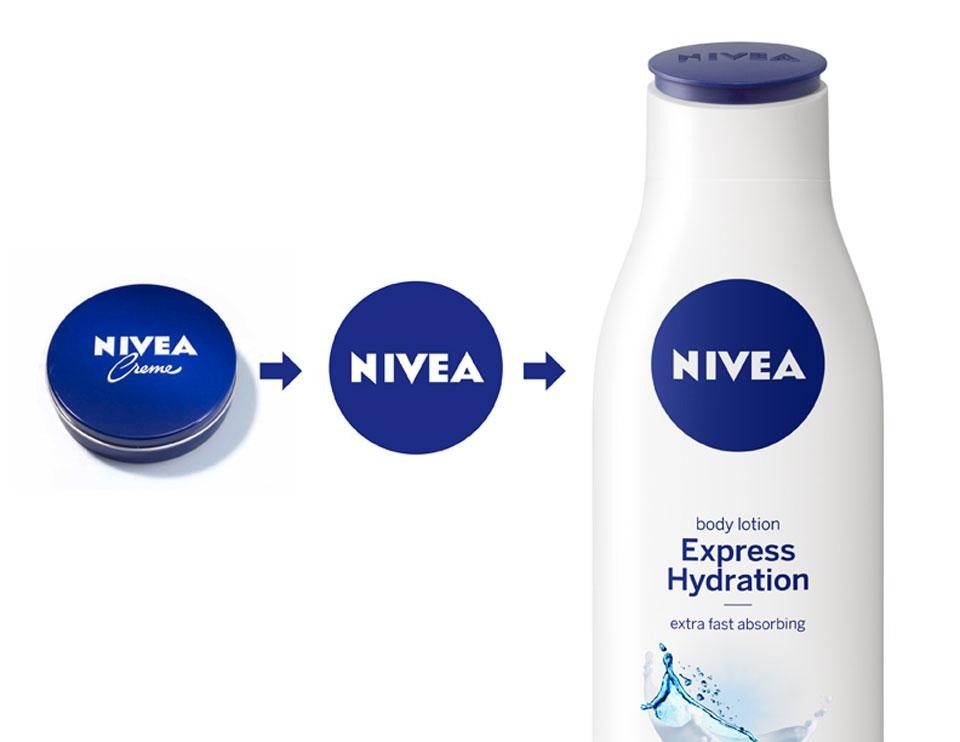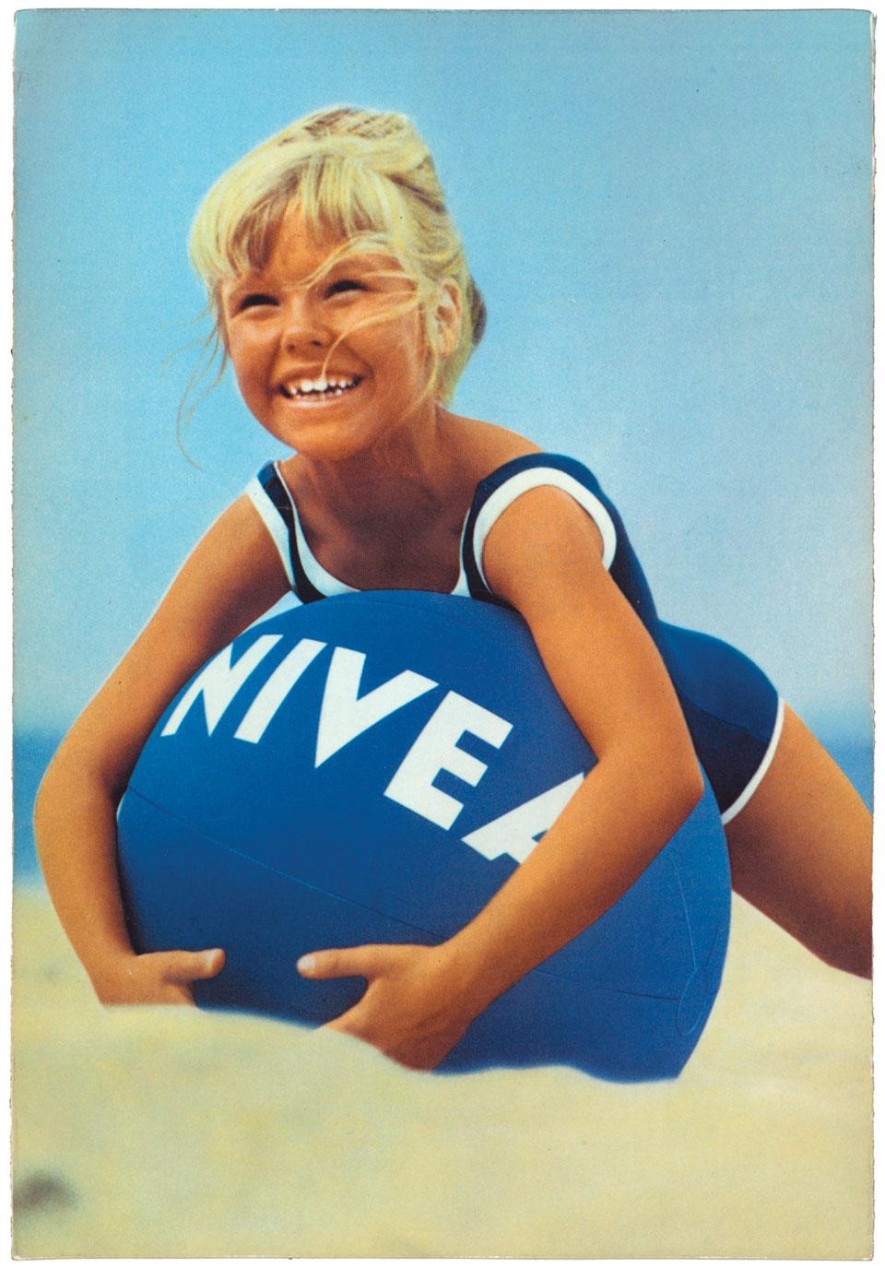I confess that if asked point-blank, I would have said it was Italian. After I heard about the survey, I wasn't quite so embarrassed at owning up to this to Ralph Gusko, member of the Executive Board of Beiersdorf AG, at a meeting at the Hamburg headquarters last month. Gusko told us that even in Brazil, Nivea is considered a home-grown brand. In Hamburg they are proud of this appropriation and believe it to be one of the secrets of Nivea's success.
"The brand values", explain Gusko, "are founded on the quality of the cream, made to the same formula since 1922, that enjoys great trust among consumers". With a certain Teutonic understatement, the Germans don't care whether we know that the brand belongs to them, what they are proud of is "doing things well without talking about them too much". So well in fact that at the Hamburg factory they produce 500,000 jars a day, starting with the aluminium sheets for forming the container, printing the brand name, inserting the cream (also made here from raw materials), right up to packing it in boxes ready for delivery.
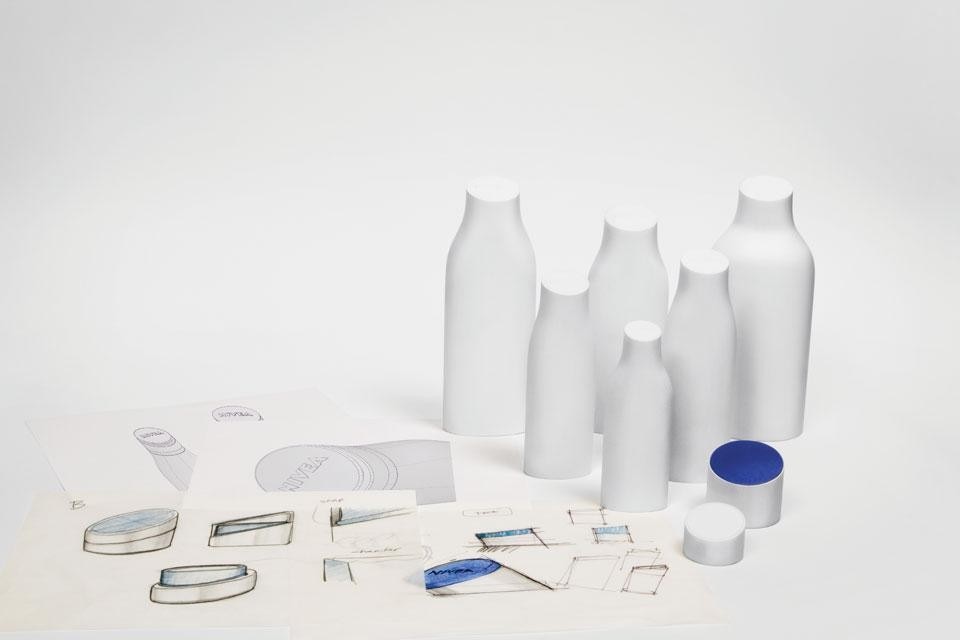
A diversification of product lines and the lack of a single design direction common to all the lines has generated a multitude of bottles, tubes and dispensers in assorted forms (even experimenting with asymmetry), printed in different colours, with the logo on a rectangular background, waved, shadowed, often very difficult to spot amid the chaos of the supermarket shelves.
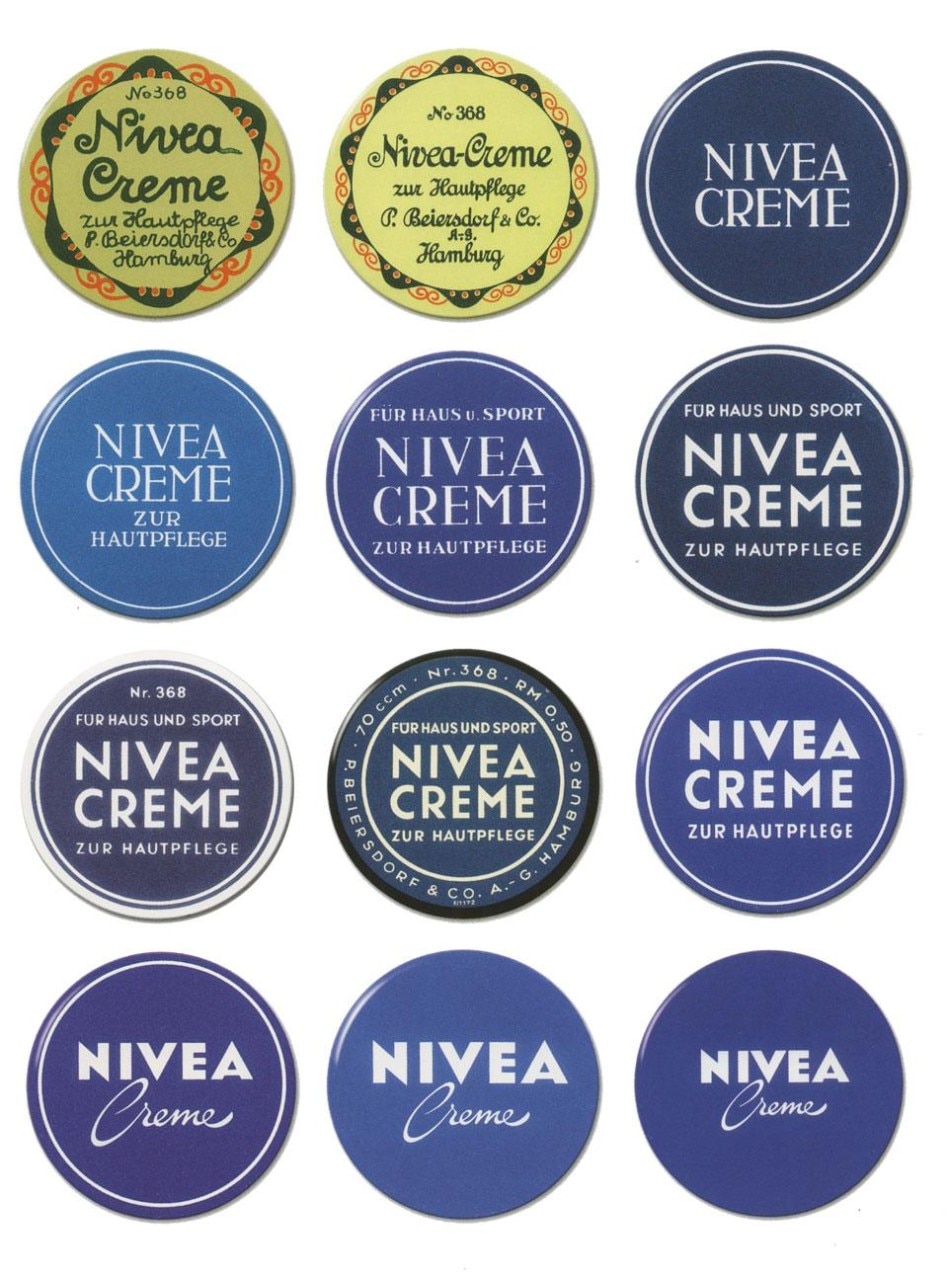
For its hundredth birthday then, Nivea has got a new outfit, and the entire brand management and packaging design has been rethought. A single office has been created to coordinate the job of revising the look of the product leading towards a gradual unification and reinforcement of the brand image.
About a year ago, Yves Béhar and his Californian studio Fuseproject were chosen to work alongside the staff at Beiersdor AG of Hamburg on the design of a strategy that across various stages, beginning in January 2013, will gradually change the look of the Nivea products that we see on the shelves into a new and recognisable direction.
What remains close to the heart of this designer and what makes him proud of this collaboration is the sense of being part of a new trend that could redefine the role of industrial design
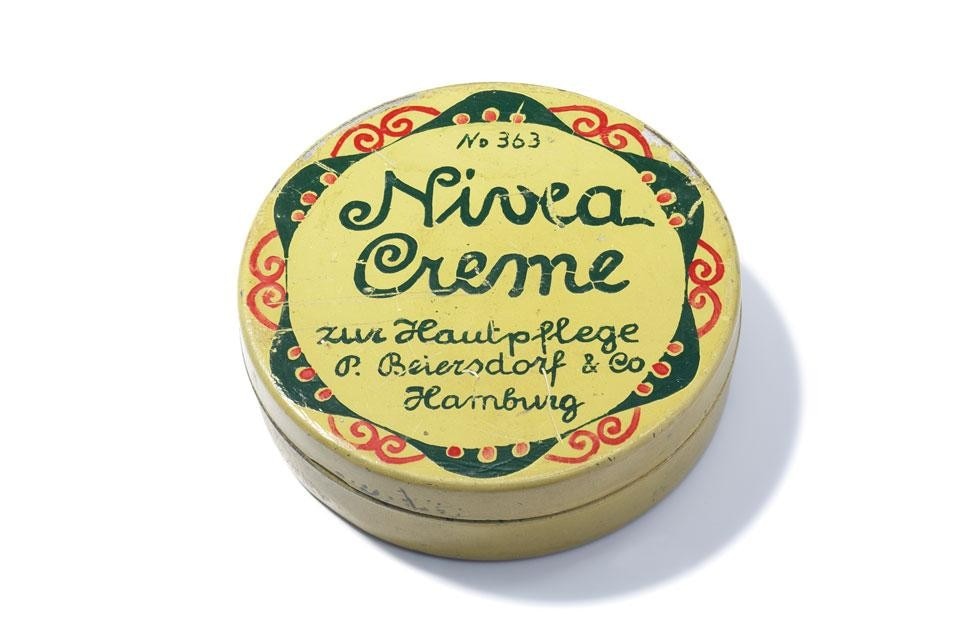
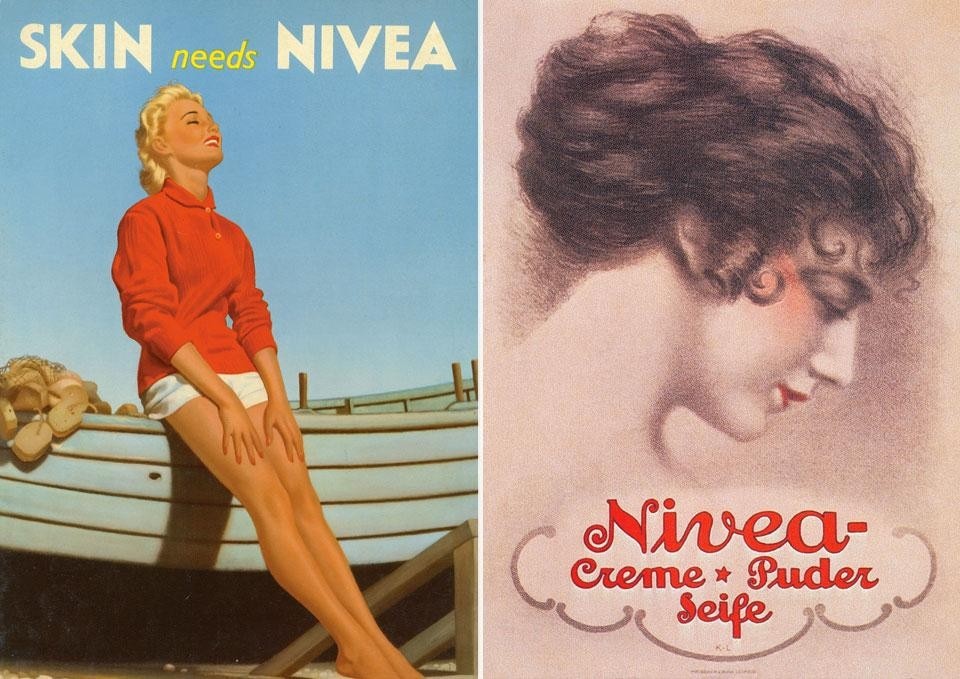
"We have also worked hard on the sustainability of the container," Béhar explains. "The plastic is obviously recyclable, we have designed it to reduce the quantity of material, the dimension of the labelling as well as reducing space taken up by stock".
